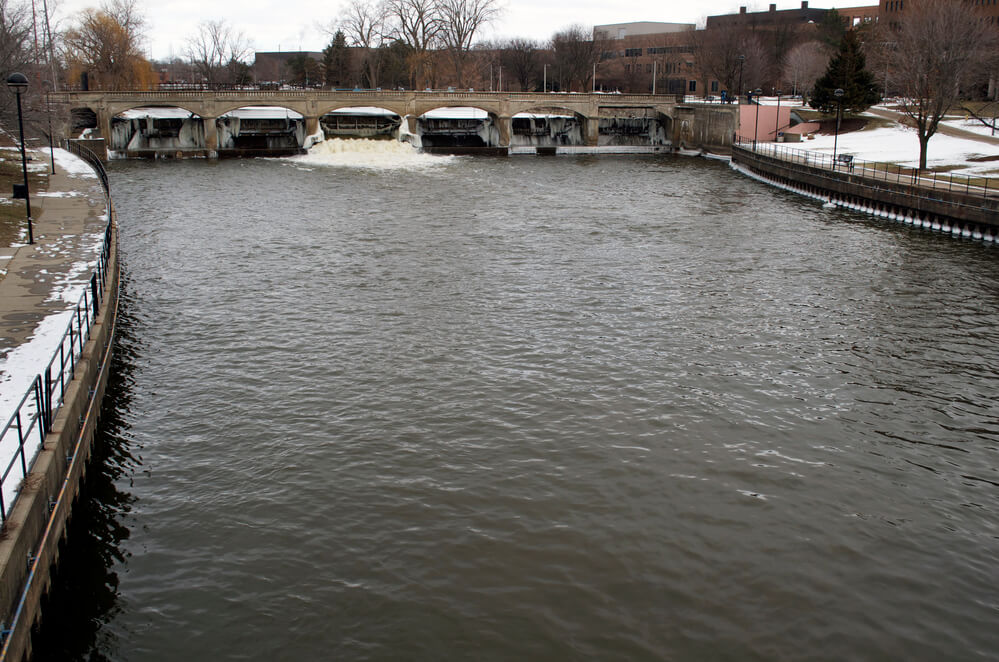Flint, Michigan: A Historical and Cultural Gem
Introduction
Flint, Michigan, a city rich in history and culture, has been a significant contributor to the American narrative. From its early beginnings to its current resurgence, Flint’s journey is a tapestry of resilience and community spirit.
The Historical Overview of Flint
Early Beginnings
- Native American Roots: Flint’s history dates back thousands of years, initially inhabited by Native American tribes.
- European Settlement: European settlers arrived in the early 19th century, leading to the city’s establishment.
The Birth of the Auto Industry
- Automotive Boom: Flint became a major player in the automotive industry, famously known as the birthplace of General Motors.
- Economic Growth: The automotive industry fueled economic prosperity, leading to rapid population growth and urban development.
Challenges and Resurgence
- Economic Decline: The late 20th century saw a decline in the auto industry, impacting the city’s economy.
- Current Revitalization: Efforts to diversify the economy and community initiatives are driving Flint’s resurgence.
Flint’s Neighborhoods and Their Unique Features
Flint boasts a variety of neighborhoods, each with its own distinct character and history. Below is a table highlighting some of these neighborhoods:
| Neighborhood | Notable Features |
|---|---|
| Grand Traverse District | Historic area with beautiful architecture |
| Carriage Town | Birthplace of General Motors, with historic significance |
| East Village | A mix of residential and commercial development |
| Mott Park | Home to Kettering University and recreational spaces |
| Civic Park | One of the first planned communities in the U.S. |
| Downtown Flint | Cultural and economic center with museums and theaters |
Notable Attractions in Flint
Cultural and Historical Sites
- Flint Institute of Arts: Michigan’s second-largest art museum.
- Sloan Museum: Showcases Flint’s automotive history.
- The Whiting: A premier performing arts venue.
Parks and Recreation
- Kearsley Park: A historic park offering various recreational activities.
- Flint River Trail: Ideal for biking and walking, showcasing scenic views.
Festivals and Events
- Back to the Bricks: An annual car festival celebrating Flint’s automotive heritage.
- Flint Jazz Festival: Showcases local and national jazz talent.
Flint’s Statistical Overview
- Population Trends: Analysis of demographic changes over the years.
- Economic Indicators: Employment rates, key industries, and economic forecasts.
- Educational Institutions: Overview of Flint’s educational landscape, including universities and community colleges.
Conclusion
Flint, Michigan, is a city of historical significance, cultural richness, and community resilience. From its storied neighborhoods to its commitment to revival, Flint continues to be a testament to the enduring spirit of its people.
